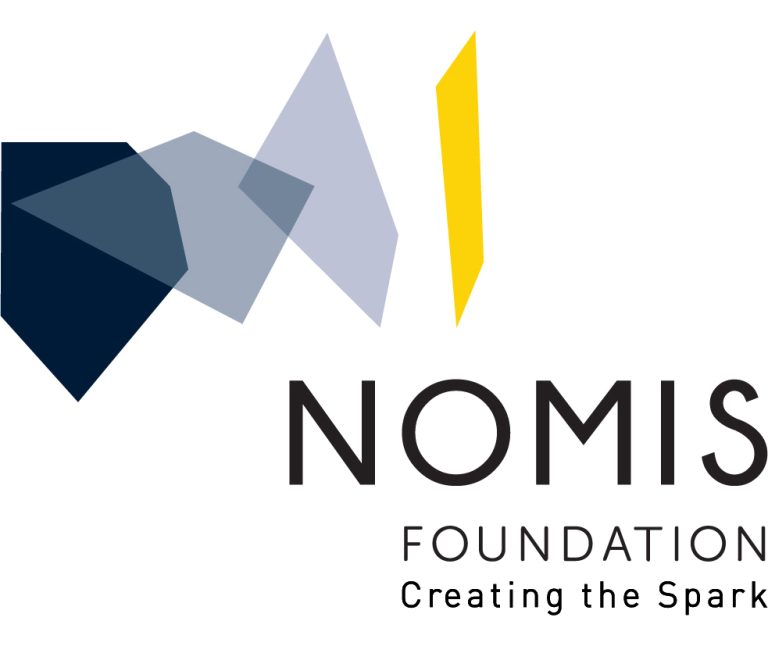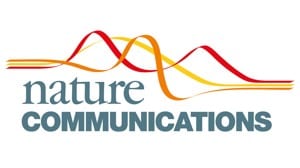Brain organoids, three-dimensional neural cultures recapitulating the spatiotemporal organization and function of the brain in a dish, offer unique opportunities for investigating the human brain development and diseases. To model distinct parts of the brain, various region-specific human brain organoids have been developed. In this article, we review current approaches to produce human region-specific brain organoids, developed through the endeavor of many researchers. We highlight the applications of human region-specific brain organoids, especially in reconstructing regional interactions in the brain through organoid fusion. We also outline the existing challenges to drive forward further the brain organoid technology and its applications for future studies.










